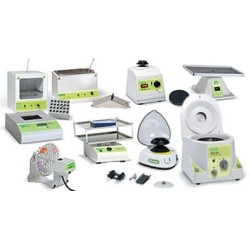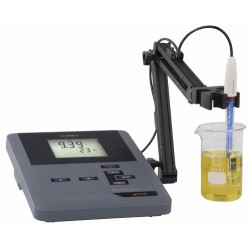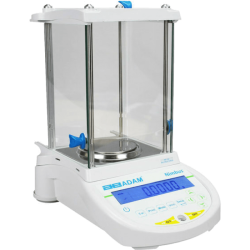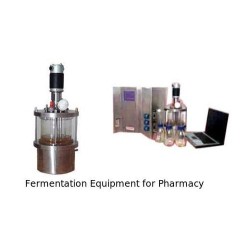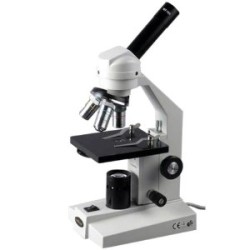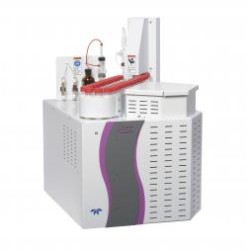Waste To Wealth, The Biggest Transformation

Vanita Prasad, a scientist-entrepreneur from Baroda, with the help of a government grant, is developing an innovative solution to the mammoth problem of waste management in India.
Prasad describes her first product – a dry granulated mixture of 56 carefully chosen microbe – as a “software update” of the existing, yet redundant, anaerobic bioreactors in the country. This ‘software’ is many steps ahead of the currently used ‘flocculant sludge’ or a colloidal mix of bacteria from cow dung and other sources.
Anaerobic digestion is not a high-tech process. It is a natural process that takes place spontaneously in landfills or wherever decomposition is happening. Various biotechnological techniques make this process go faster by employing specially designed bioreactors and cultures. As a byproduct of the decomposition, biogas or even hydrogen can be obtained to be used as fuel.
To get the best mixture of bacteria into the bioreactors, Prasad doesn’t perform any genetic engineering or modification of the bacterial DNA, although such ‘super-cultures’ are available in some parts of the world. She is simply isolating microbes that can efficiently work on particular waste.
Prasad’s aims to fulfill the country’s urgent need to put its waste to use, specifically convert it to energy. According to a report for Energy Next, currently, only 154 MW of energy in India is being generated from industrial and urban wastes in a year. The potential, however, is 4GW-6GW, which is enough to power two cities like Delhi.
For more details click here




